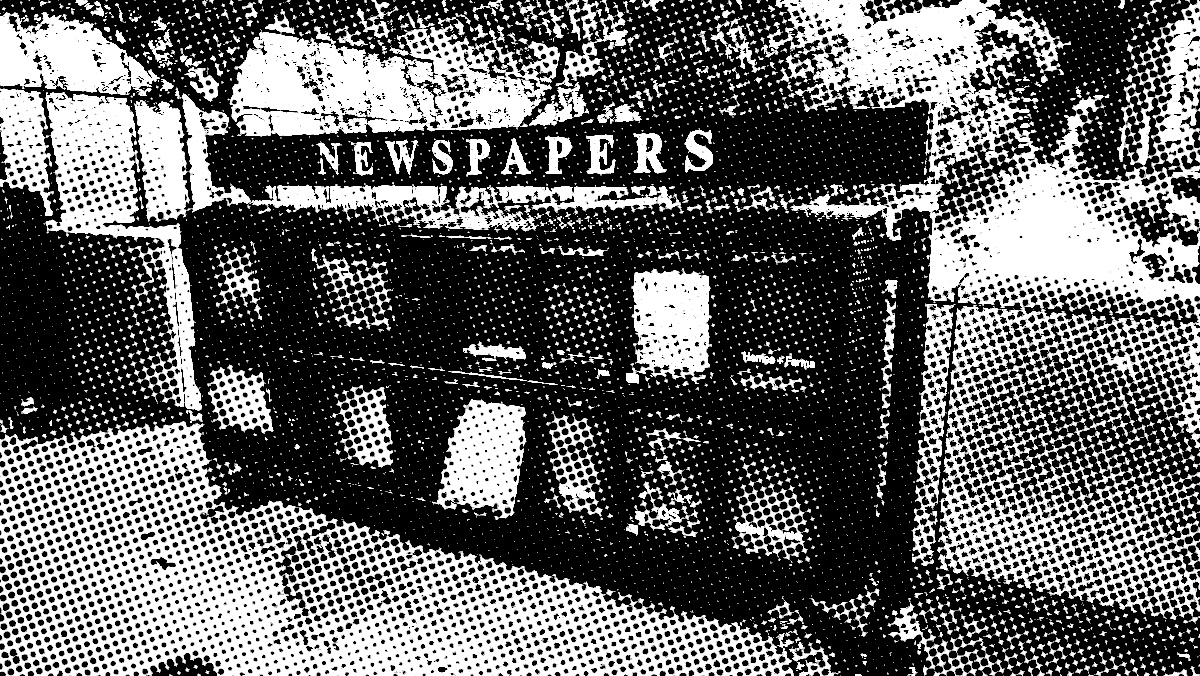The three models of news editorials
On Jeff Bezos, institutional credibility, and the problem with drifting so far away from the old model of newspaper editorialization
USA Today has joined the Los Angeles Times and the Washington Post in announcing it will not publish an editorial endorsement for President in 2024. This has caused controversy, but what does the decision not to endorse actually mean? It depends on what the audience expects a newspaper editorial to represent.
■ In one model, the editorial reflects the reasoned opinion of a publication's editors on current newsworthy events, enlightened by the facts (presumably) reported in the same publication. In this model, the editorial is shaped by some basic underlying values of the publication, but the conclusion is rarely ever foregone -- if it were, an explanation of the editors' judgment would not be necessary and the editorial writing would only be a waste of space.
■ In a different model, the publication itself is institutionally committed to advancing a cause, and the form and shape of both the news content and the opinion content serve the cause. The conclusion of any piece of editorial writing can be reliably predicted in advance, because the nature of the cause is preordained.
■ Contemporary audiences seem to be increasingly fond of the latter model, preferring the comforts of their own confirmation bias to the frequent discomforts of being presented with novel arguments and subjects that require some new effort to understand.
■ There is a third model, though, emerging prominently in the 2024 general election. It is one that says "We will take no position on newsworthy events, either out of fear or aversion to accusations of bias. Jeff Bezos, owner of the Washington Post, has signed his name to an opinion piece saying just that: "What presidential endorsements actually do is create a perception of bias. A perception of non-independence. Ending them is a principled decision, and it's the right one."
■ Bezos, in effect, says that he fears that publications have become institutionally unwell by subscribing to the second model. There is probably some truth to that diagnosis. But the cure is not to run into the arms of the third model, avoiding claims to an opinion altogether.
■ News coverage is always affected by constraints, and thus it always reflects some kind of editorial judgment: What news to cover, how to report it, what priority to give the coverage, when to break the news, even which journalists to assign the story. Ideally, an editor should want to optimize the quality and quantity of information available to make an informed judgment.
■ After all, news is anything that materially changes our understanding of the status quo. If the status quo has been disrupted, then good self-governing citizens need to think about the consequences, and news publications ought to be informing them well enough to make some kind of informed judgment.
■ A good test of whether they are doing so is to go back to the first model -- the one under which the conclusion isn't foregone -- and ask the editors to produce a reasoned opinion on the subject. If they cannot, either they haven't covered the news thoroughly enough, or they may lack the integrity to admit their motivations.



